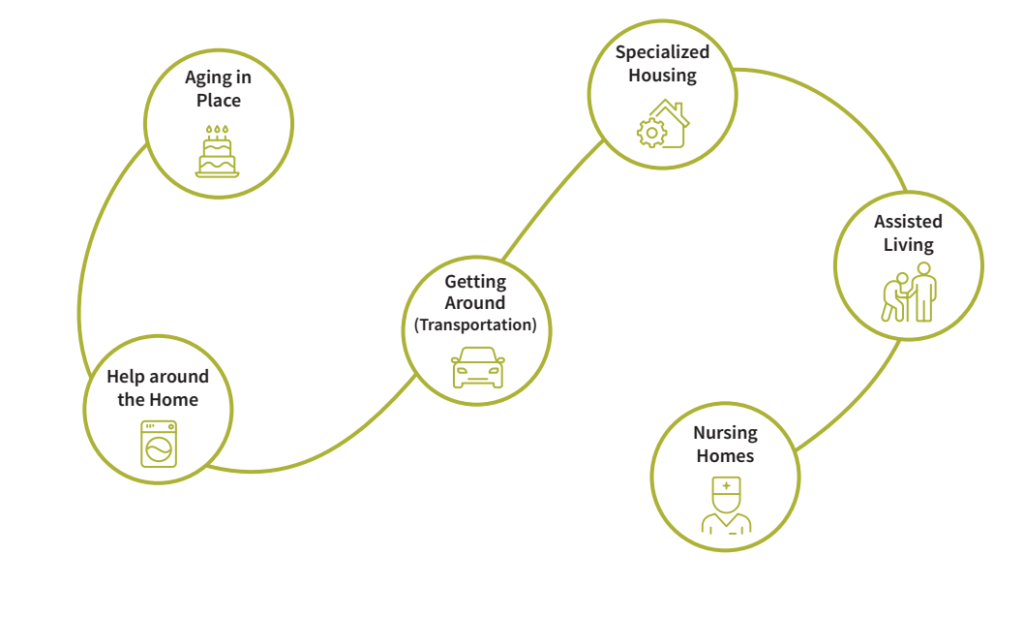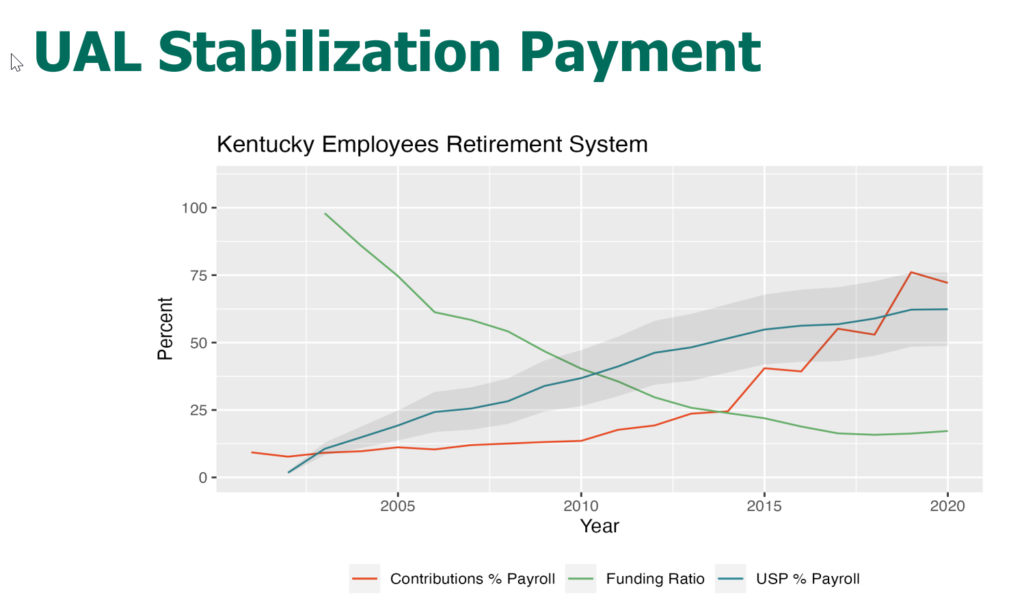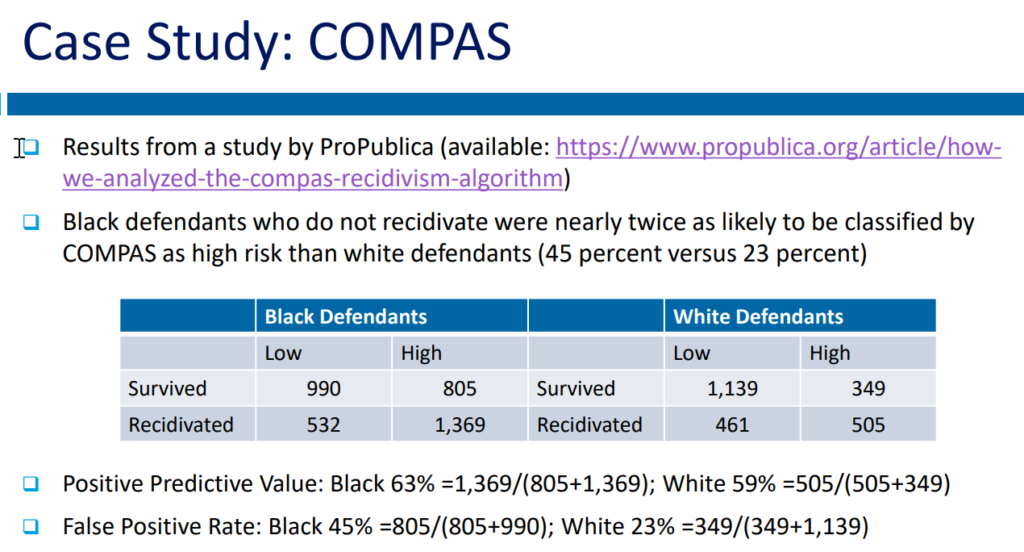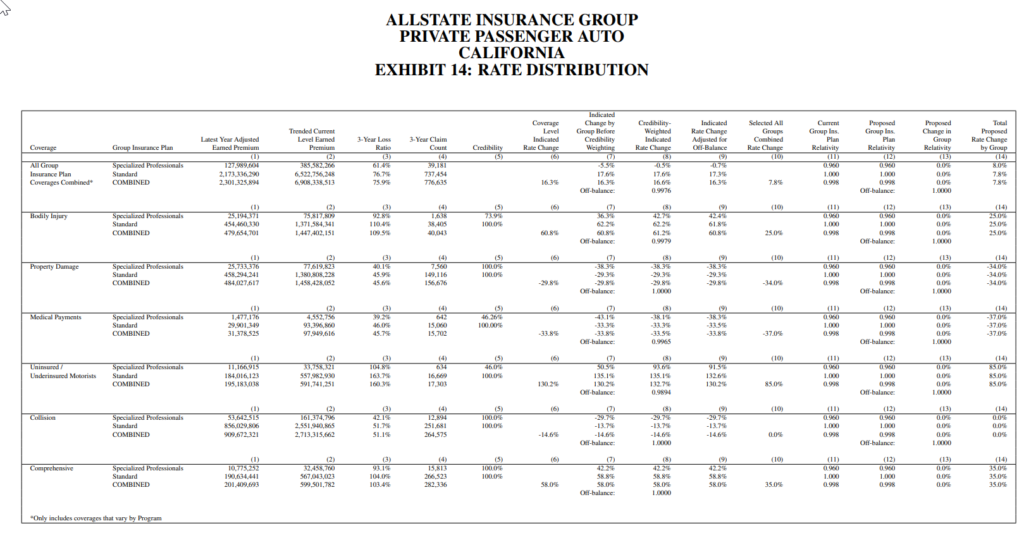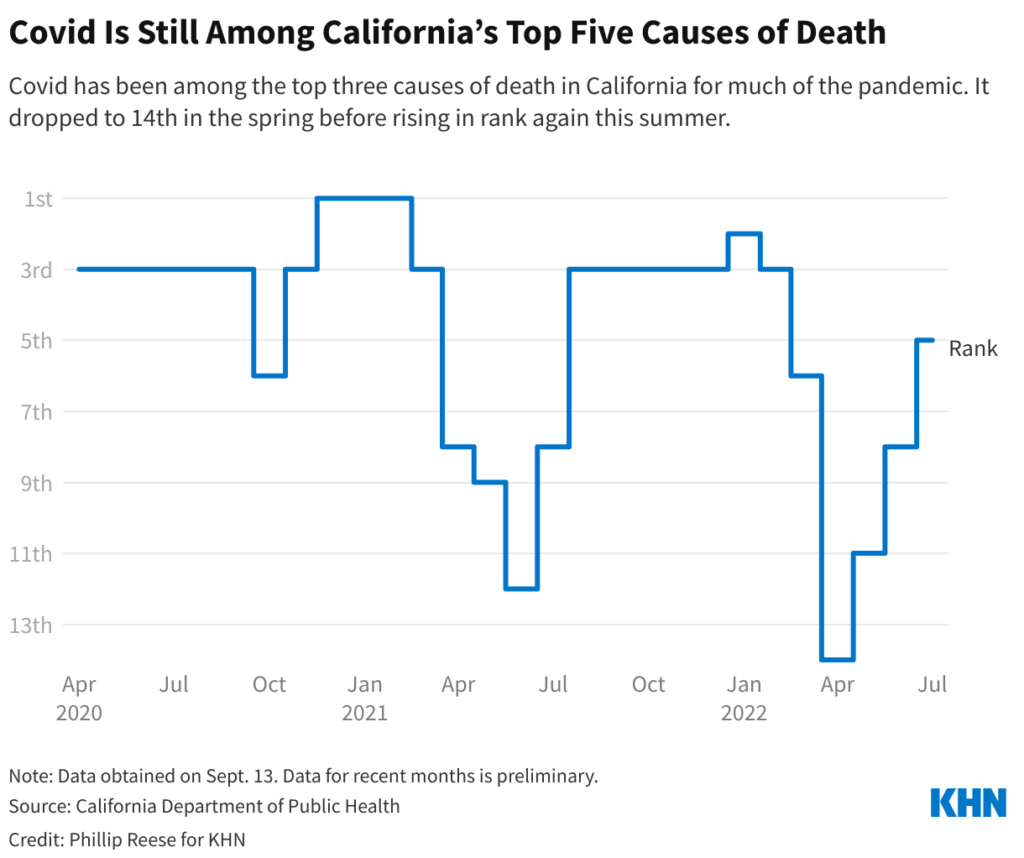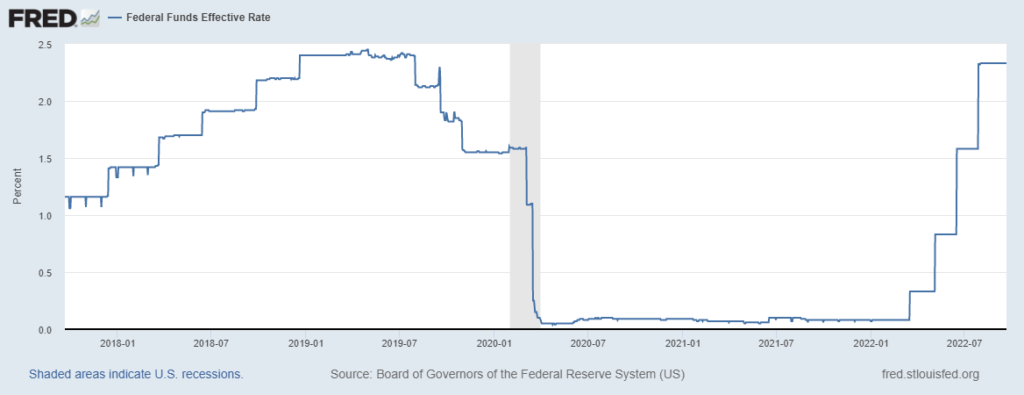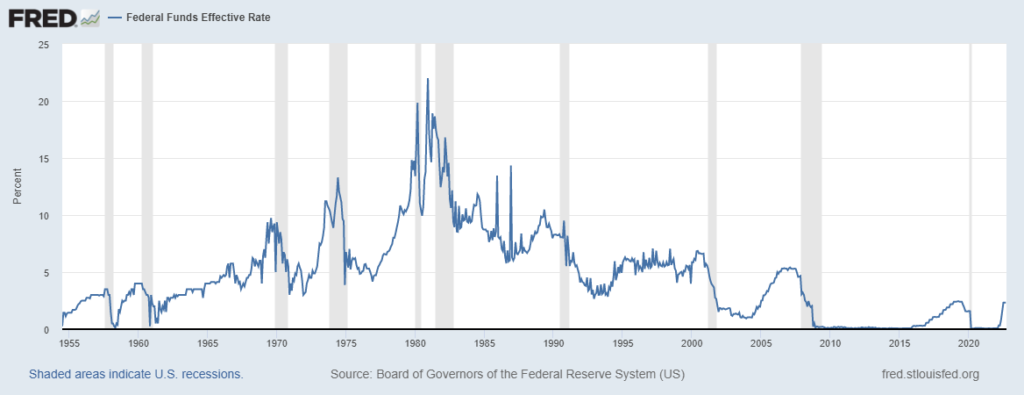Link: https://www.insurancejournal.com/blogs/2022/09/12/684696.htm
Excerpt:
A September 8 U.S. Senate Banking, Housing and Urban Affairs Committee hearing on current issues in insurance included useful discussion on some of the industry’s most pressing concerns. Comments from the committee’s members and from one witness, Maryland Insurance Commissioner Kathleen Birrane, shed light on insurance for cyber and pandemic events; the impact of private equity firms acquiring pension obligations from life insurers (pension risk transfer); and pressures on the United States to conform to global regulatory regimes, which impact U.S. insurer capital standards. The hearing also featured profound evasiveness from the other witness, Federal Insurance Office (FIO) Director Steven Seitz.
….. sparks began to fly when Sen. Toomey asked Seitz questions which went unanswered, or drew bureaucratic doublespeak responses. A heated exchange between Sen. Toomey and Seitz, in which Sen. Toomey grew visibly irritated, demonstrated Seitz’ frustrating equivocation in explaining FIO’s relationship to the International Association of Insurance Supervisors (IAIS). An excerpt from the exchange below gives a flavor of the tone:
Sen. Toomey: Are you involved in an effort to make recommendations to the IAIS regarding private equity’s involvement in insurance?
Seitz: Umm. As part of our work at the IAIS, we’re closely coordinating the NAIC with the Federal Reserve and the states on a variety of issues, including work relating to the capital standards and the holistic framework which the NAIC is adopting.
Sen. Toomey: You didn’t answer my question. Are you personally involved in research or development of a memo, or an analysis that will include policy recommendations to the IAIS regarding private equity in insurance?
Seitz: You know, our teams are working closely with the NAIC and the states. You know, I am a member of the executive committee, and there are a variety of topics that the IAIS is discussing. And one of those topics at upcoming meetings that we will be discussing is private equity.
Sen. Toomey: You’re obviously trying to evade my question. I don’t know why it’s such a difficult question to answer…
Author(s): Jerry Theodorou
Publication Date: 12 Sept 2022
Publication Site: Insurance Journal
